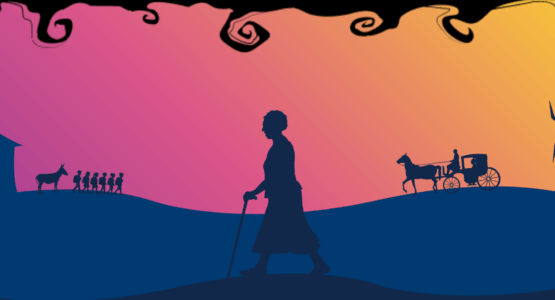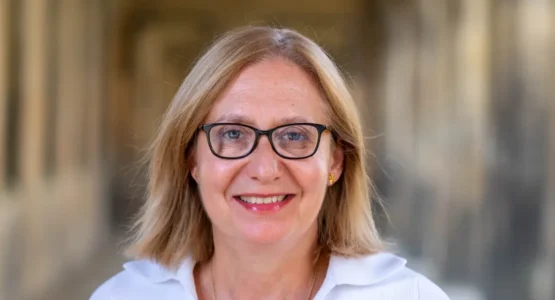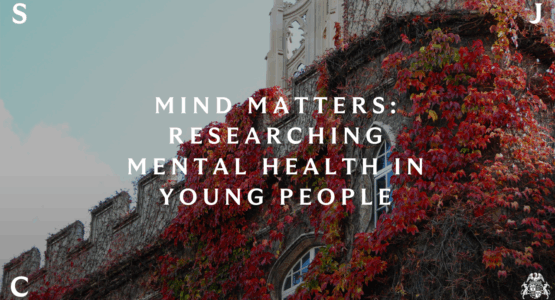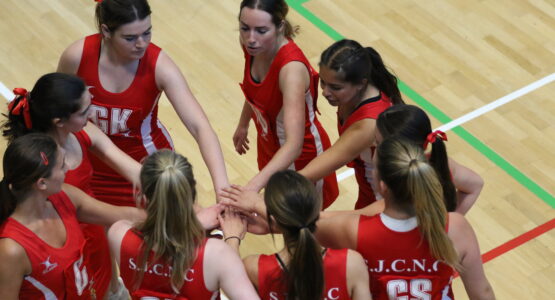Sofia Voutsaki (1984) is Professor of Greek Archaeology and Director of the Groningen Institute of Archaeology at the University of Groningen, the Netherlands. She is a specialist in the archaeology of the Bronze Age Aegean and classical Greece. In this article she tells us about working on the Ayios Vasileios project, which uncovered the Mycenaean palace of Laconia, and how archaeology can inform our understanding of the present.
I never exactly planned to become an archaeologist; when I was admitted to the University of Athens, I was mostly interested in literature. But in my first year I joined two archaeological excavations – both happened to be in beautiful landscapes: on a rocky hill in Koukounaries, with an amazing view over the Cycladic island of Paros, and in Voidhokoilia in the Peloponnese, on a promontory overlooking a sandy beach and a lagoon. The Greek landscape and the friendships I made at these excavations were the first reasons I decided to do archaeology.

Then I was lucky enough to take lectures from Nikolaos Platon, an eminent prehistoric archaeologist, at the National Museum in Athens. We were asked to describe and interpret an object, and Platon taught us how to look at objects and how to decode them. For many people archaeology is about riddles, enigmas and spectacular discoveries; what I found interesting was that archaeology follows strict logical rules, you have to make inferences and build up a convincing argument out of fragmentary information and mute objects. As I started to read more seriously, I realised that this process of interpretation had to rest on theoretical choices.
The interest in archaeological theory brought me to Cambridge, and to St John’s specifically – after graduating from Athens, I did my MPhil and my PhD with Lord Renfrew, then Disney Professor of Archaeology and Fellow of St John’s. At the time Cambridge was the place to be if you wanted to study Archaeology, and I really enjoyed the stimulating intellectual atmosphere and the sharp debates during my studies. I did my PhD on mortuary practices in the Mycenaean world, i.e. the southern Greek mainland in the Late Bronze Age (1700–1100BC), the period that saw the rise of palatial societies.
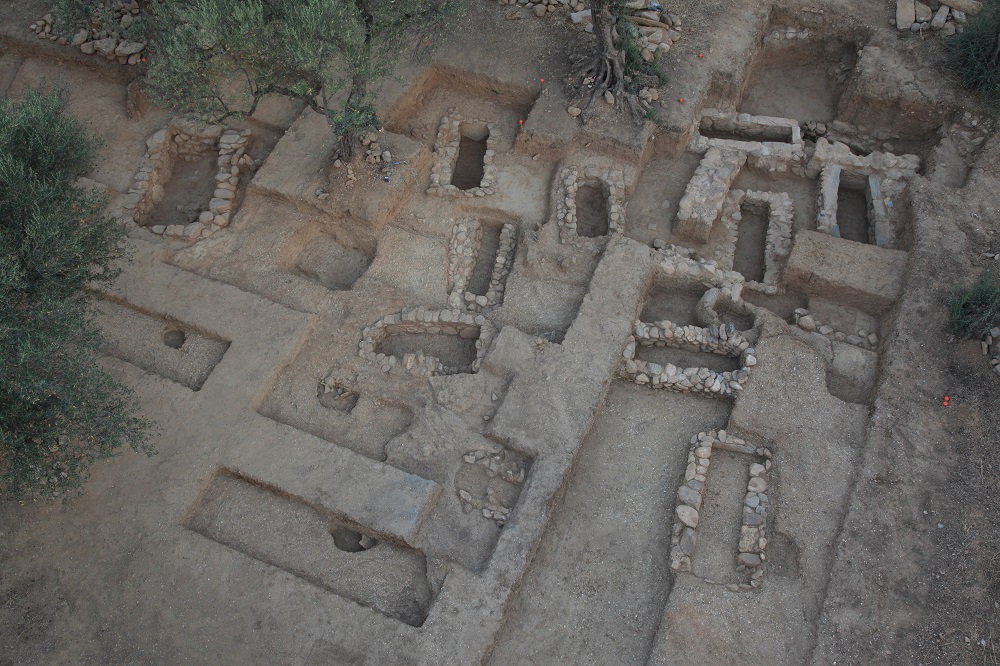
I took up my first academic job in 1993, a few months after finishing my PhD, as Lecturer in the Faculty of Classics at Cambridge and Senior Fellow at Newham. It was a privilege to teach there for 10 years, and to be part of a university that invests so much in its students. It was difficult to leave a permanent job in Cambridge, but I decided to do so when my husband was offered a Professorship in the Netherlands in 2000. I had just had my second child, and coming from a close and loving family myself, I thought that commuting was not the best way to raise a family. I was lucky: I got a large research grant in the Netherlands and a permanent position in Groningen, which led to a Professorship in Greek Archaeology. In this way I could build up a research team, attract PhD students and postdocs, and start field projects.
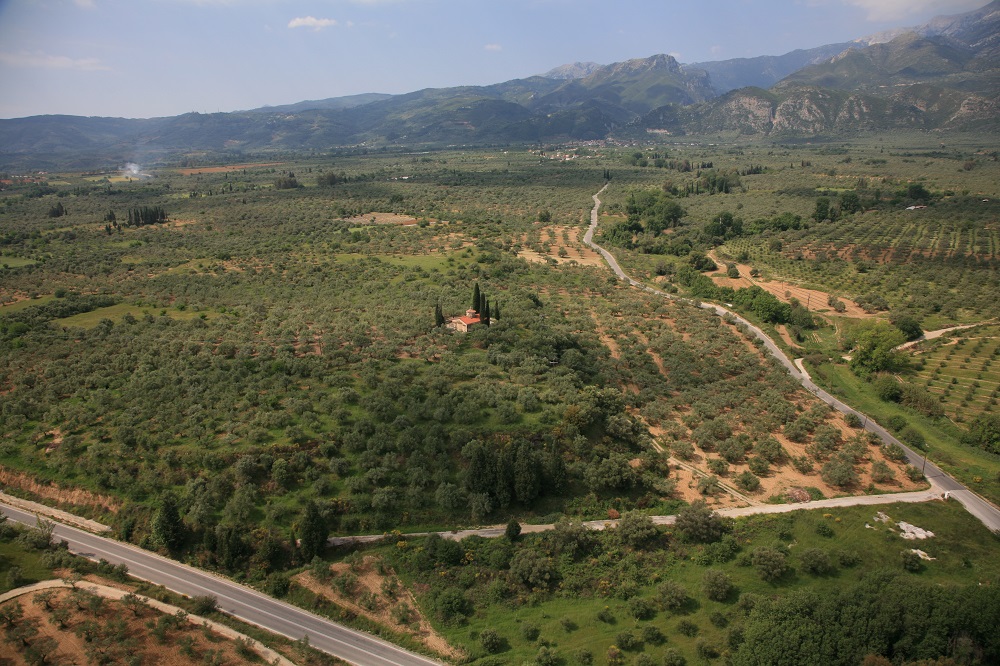
In 2010 I was invited to join the project at Ayios Vasileios (Fig. 1) in southern Greece, where an important discovery was made a year before. Excavations under the auspices of the Archaeological Society at Athens brought to light monumental buildings, rich finds (Fig. 2) and clay tablets (Fig. 3) which proved beyond doubt that this was the long sought Mycenaean palace of Laconia. Or, if you want to put it in Homeric terms, this was the palace of King Menelaus and the Beautiful Helen, whose abduction by Paris led to the Trojan War. Of course, we all know that the story of the Trojan war is a tale composed much later, around 800 BC – but this tale retains the distant memory of a bygone era of kings, mighty warriors and heroic expeditions. Archaeology has long emancipated itself from ancient literature, and we do not excavate anymore in order to find places mentioned by Homer – but this does not mean we should deny the appeal that ancient Greek myths still have on our imagination.
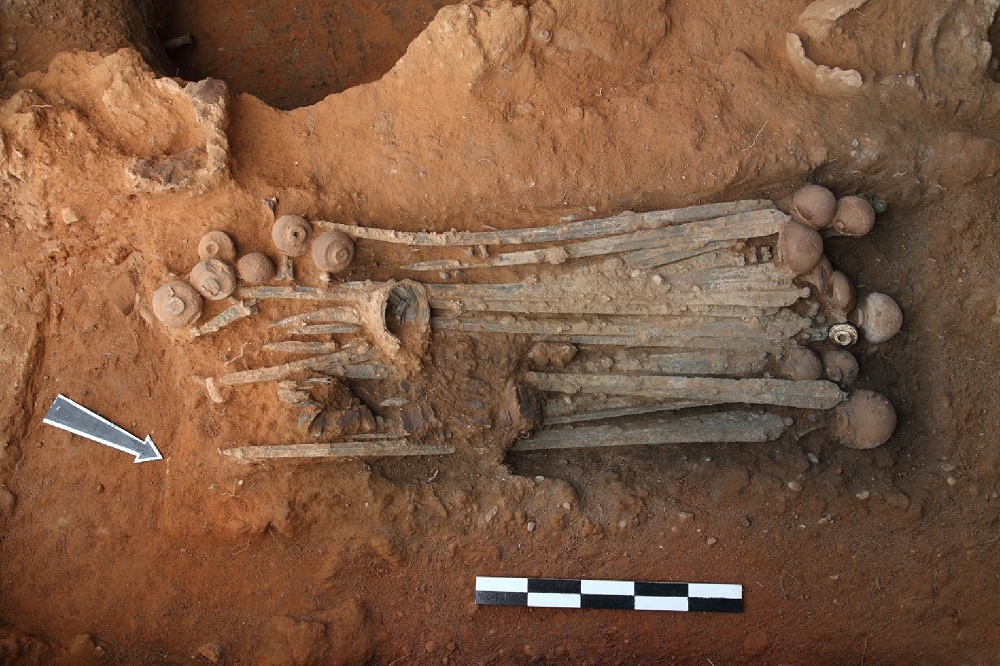
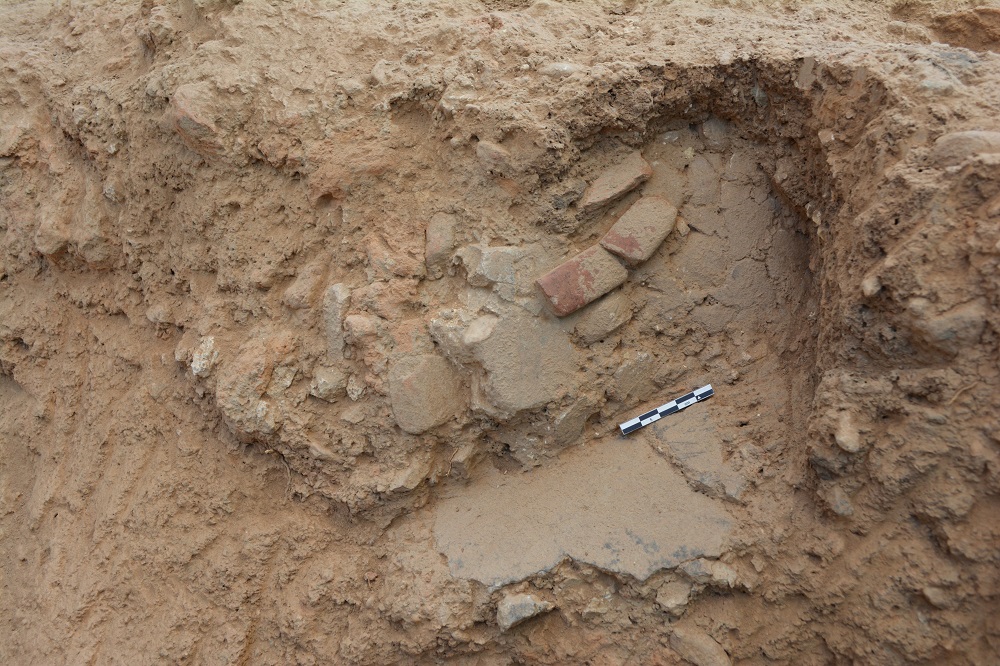
For the Ayios Vasileios project I was responsible for the excavation of the early Mycenaean cemetery, the so-called North Cemetery (Fig. 4), which was used before the palace was built, as Ayios Vasileios was rising to become the political centre of Laconia. The cemetery consisted of large graves, carefully built with stones brought from the Mount Taygetus some four to eight km away. But the graves were poor – which was surprising, considering that in that period graves were richly furnished – think of the golden treasures discovered by Schliemann in Mycenae. And this was only the first surprise. When we carried out a survey of the hill of Ayios Vasileios using geophysics, we discovered that the site was quite small (some 9 hectares), much smaller than the other palatial towns like Mycenae or Thebes which may have reached 30–40 hectares (Fig. 5). And it was unfortified, unlike most Mycenaean palaces. The excavation of the palace, which was carried out by a different team, also revealed that the palatial complex was destroyed some two generations earlier than all the other palaces.
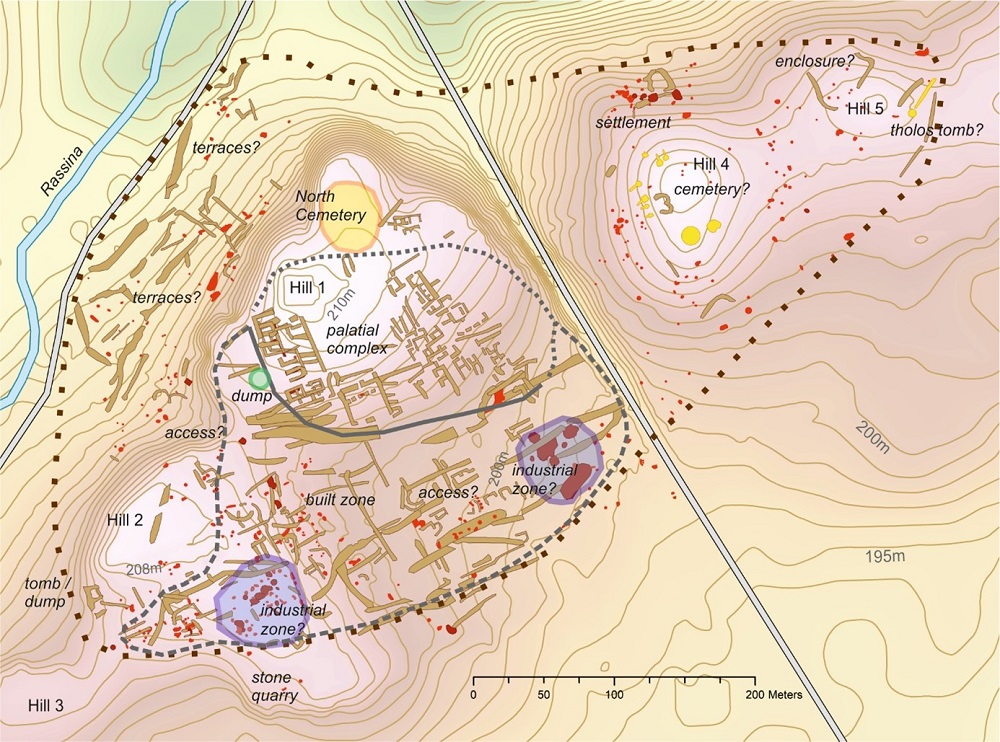
Therefore, our work in Ayios Vasileios forced us to address something that had not received sufficient attention so far: that each Mycenaean kingdom followed a different trajectory and was organised in a different way. Archaeology has moved away from paying attention solely to kings and palaces; in our work we try to understand the social forces that shaped hierarchical societies as well as the pressures from below that resisted them. At the end, the Mycenaean kingdoms were fragile political formations that lasted for approximately two centuries and ended up in flames.
Our findings had some interesting connotations for the modern world. We worked in Laconia during the financial and political crisis that brought the rise of the Golden Dawn party. This neofascist organisation was particularly strong in Laconia where the militarist legacy of ancient Sparta still holds sway. Talking about the short-lived history of the Ayios Vasileios palace with the inhabitants of the neighbouring village of Xirokambi allowed us to touch upon topics like the nature of power or the significance of democracy, as the Golden Dawn was strutting around the square of the village. In a country like Greece, studying the past is a way to reflect on the present.

